2021 is here! When it comes to software testing industry bug tracking tools have prime importance as they can efficiently track issues/defects/faults. What’s special in 2021 is that there will be more implications of automation to the picture.
Wish to know about the pristine bug tracking tools of 2021?
Here is the list
1. Bugzilla
Developed by the Mozilla Corporation, Bugzilla is an online bug tracking tool.

For organizations hoping to set up a bug tracking software on promptly accessible and cheap hardware, they can access and control bugs and updates through a web interface and have the potential to begin small, however, develop as the company develops.
So, being free, open-source bug tracking software, it is alluring for small organizations to set up bug tracking out of the blue.
Bugzilla is a choice that takes into account both Windows and Linux installation and in addition great adjustment ability.
This tool has an optimized structure of the database which boosts the scalability and execution. It also consists of features like an advanced query tool and email notifications. Several top-rated corporations utilize Bugzilla tracking software such as Facebook, Apache, NASA, Mozilla, RedHat, etc.
Feature
- Increased performance and scalability owing to improved database
- Enhanced security
- Editable user profiles
- Email integration
2. ReQtest
ReQtest is an incredible bug tracking program that permits the testers and developers to work together on resolving bug issues utilizing the “Agile board.” It has a devoted bug module to report bugs.
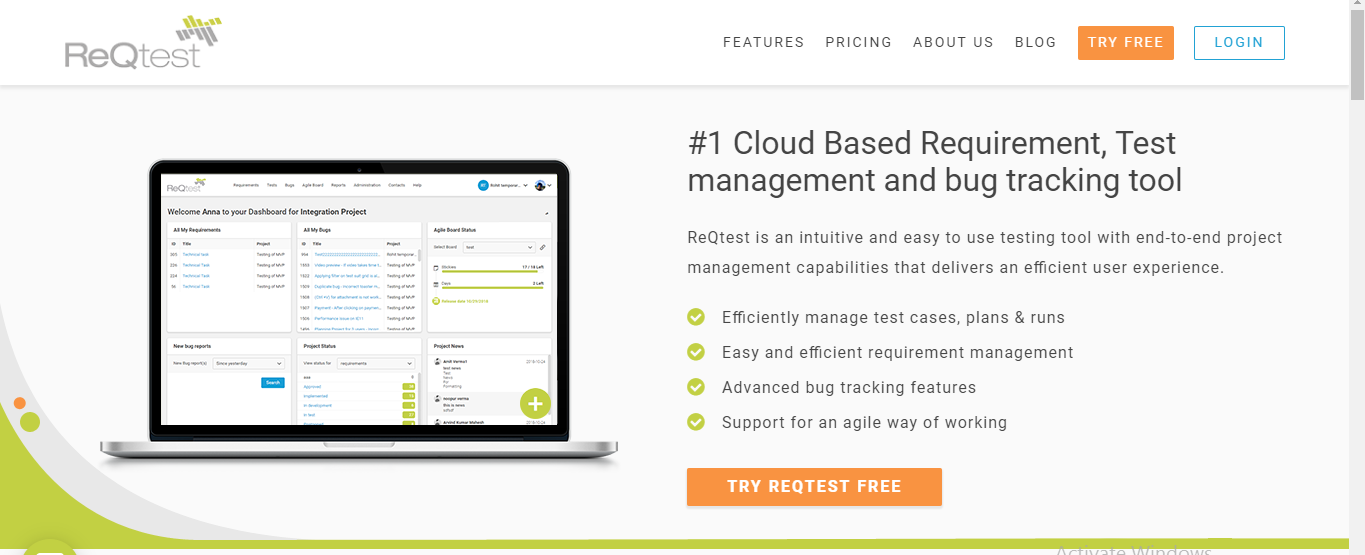
You can likewise import bug reports from a CSV file and can track the advancement of bug tracking activities with reports. It additionally provides a computer application for catching bugs with images or videos and flawlessly transfer them to ReQtest.
You can also integrate your JIRA ventures utilizing a JIRA add-on with ReQtest projects. The bugs in the software can be synchronized and integrated with Jira issues.
Features
- Issues can be organized, prioritized, and reviewed
- Visualization of bug reports
- Drag and drop to any column for a grouped view of reports
- Preview of all the bugs through a simple click
3. JIRA
JIRA is an exceptionally well-known bug tracking software, developed by Atlassian.
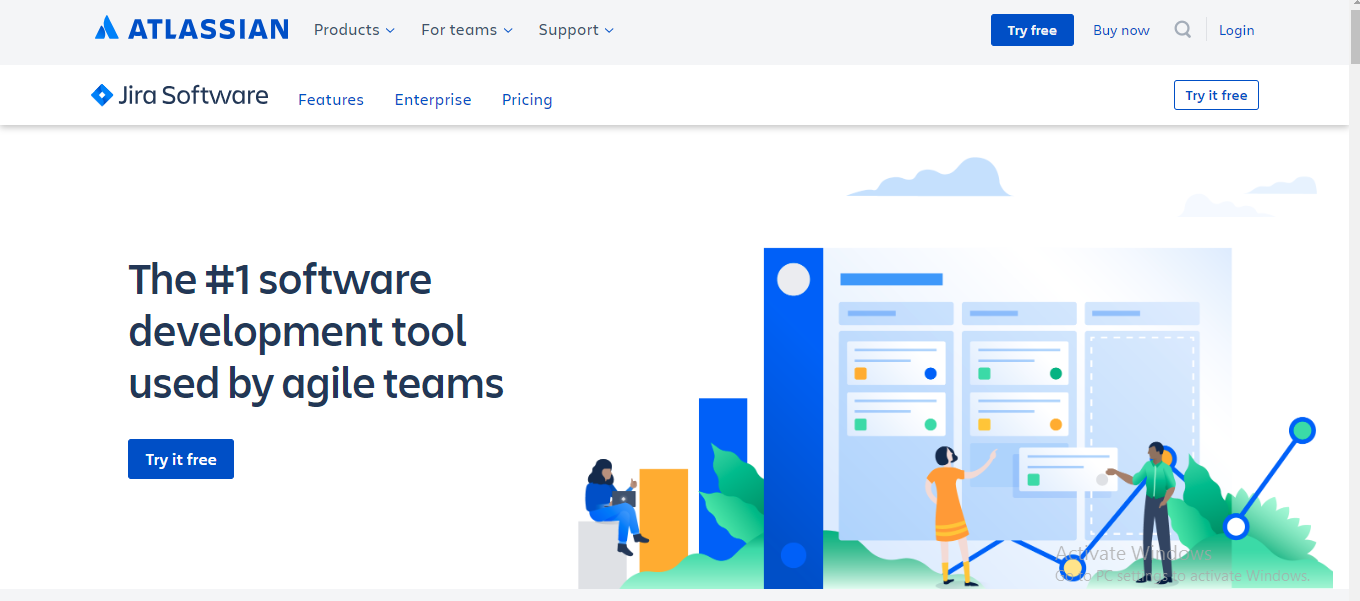
This tool gives the full arrangement of reporting, recording, and work process specifications, and in addition code integration, planning, and wiki.
With its sturdy arrangement of APIs, JIRA can be incorporated with all devices your software tester uses.
It is a deemed J2EE based software management tool as well. The tool supports several add-ins, agile projects, report generation, and maintain records.

The JIRA dashboard has several beneficial functions and features that you will not find elsewhere as they are capable of managing various issues easily.
A few of the key features and issues are issue types, issue attributes, screens, workflows, and fields.
Features
- Helps in creating user stories, plan sprints, and allocating work
- Real-time visual data to improve team performance
- integrate developer tools to the software
4. Kualitee
Kualitee is an amazing could-based test management system that supports manual and automated testing tools.
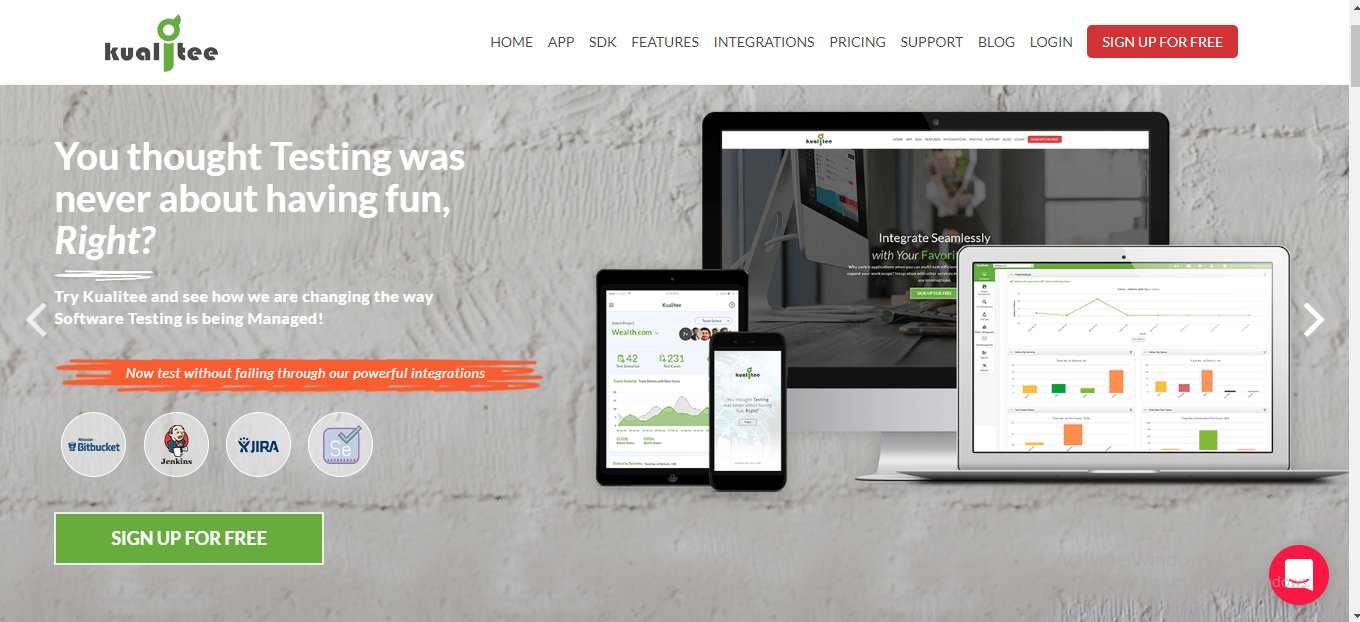
It provides a robust dashboard, requirement planning, peaceful project management, defect management, test case management, mobile app test management, automated testing, flexible user control, APIs, test cycles, improved security, and easy to use interface.
Furthermore, it gives consistent integration with Bitbucket, Jira, Selenium, and Jenkins. With its – mobile app you can see the latest insights, keep tabs on the team’s development, log and indicate bugs simultaneously. This all empowers you to execute your test effectively with no mistakes.
Features
- Project management features
- Available in both mobile and web app platform
- Supports integration
- user-friendly dashboards
- Configurable profiles
- Customizable reports
5. Redmine
Redmine is an open-source, free bug tracking software and most generally utilized online software management.
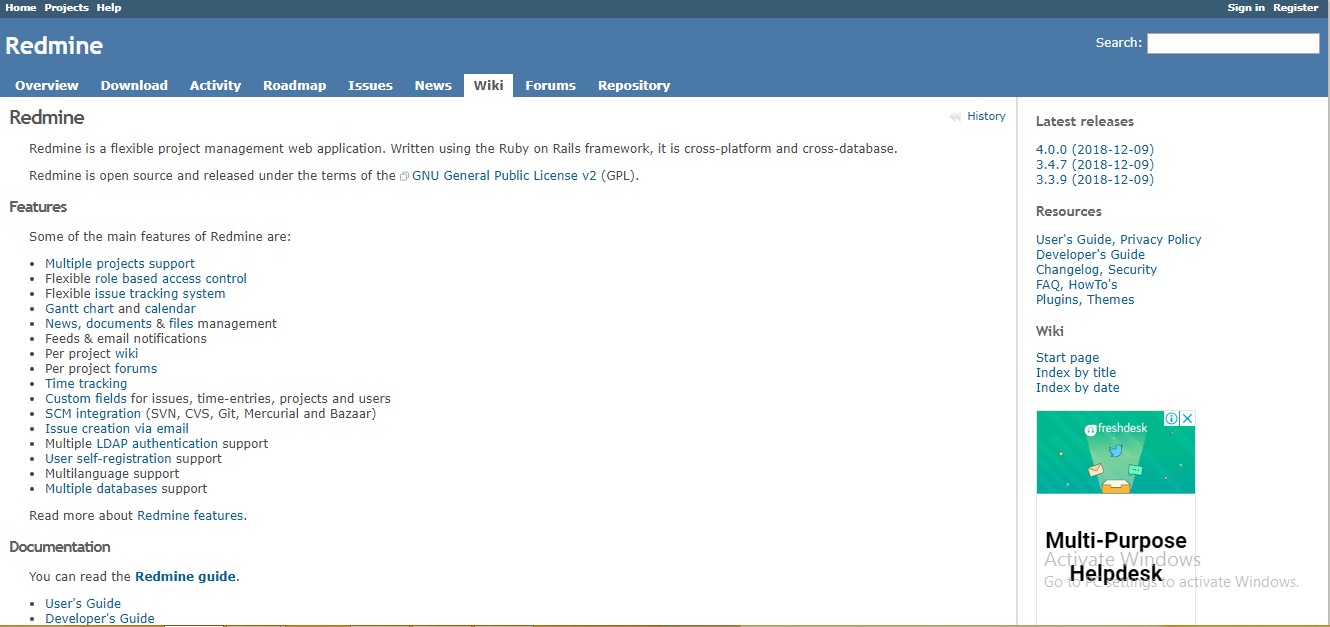
It is integrated with Source Code Management (SCM) frameworks. It is written utilizing the Ruby On Rails system which supports multiple databases and cross platforms.
It is a flexible platform that can be implemented as an intranet or online source for your project management. The platform also offers vast customization choices.
Features
- It collects inputs from users and project data through fields for entries and issues.
- Its Gantt calendar and chart gives a pictorial depiction of the undertaking.
- Can incorporate email notifications, file, and document management.
- You can likewise make a task and subtask to classify the errors in the project.
6. HP ALM/Quality Center
HP ALM is an end-to-end test management system with a powerful integrated bug tracking tool inside it which is simple, effective and all that you can need. It underpins Agile activities as well.
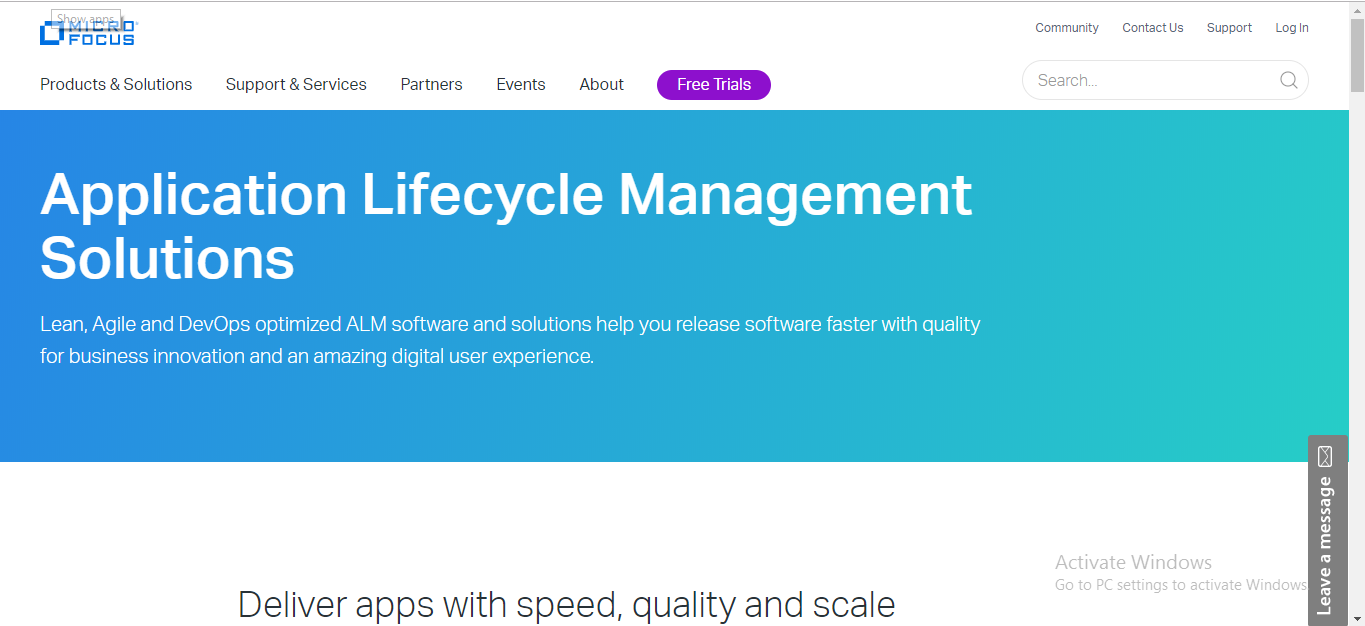
But HP ALM is one of the expensive tools accessible in the market alongside that it isn’t harmonious with all the web browsers. Still, looking over its features and ability, it can’t be missed out to be on this list.
Features
- The defect module in this tool encourages users to post the defects as well as empowers them to track and offer the general nature of the release at any phase of the development procedure.
- It permits users to run various tests and connect them with risk-based test management, requirements management, multi-aspect test planning, and an overall automated and manual test performance. T
- Also, HP Quality Center accompanies a web-based dashboard that permits business analysts, developers, and software testing teams to interact and work together.
7. Retrace
Retrace is also a cloud-based application solution for performance management. The tool is entirely free still enables you to configure broadly so that it can satisfy your business demands.
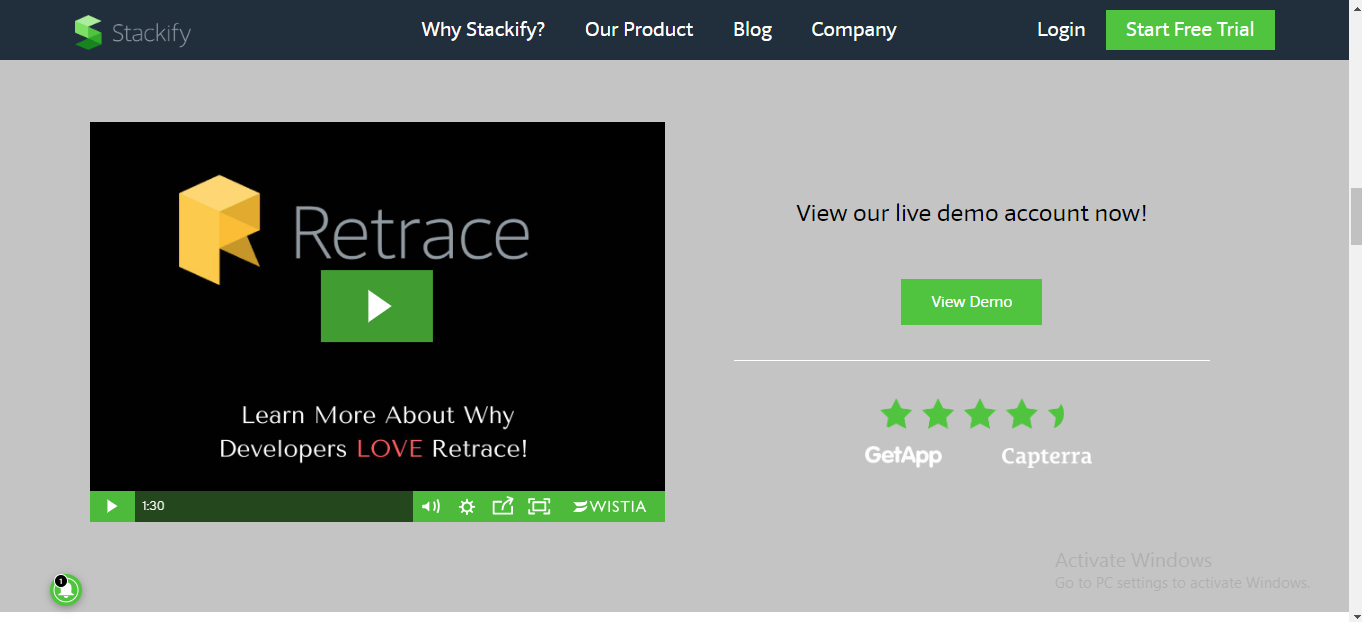
It is intended for developers at corporations of all every size and features bug tracking, automated notifications, and data aggregation. The software has an activity dashboard where software developers can follow the execution of code deployments continuously.
Features
- Retrace provides developers with the capability to view all of their app errors and logs in a single place. This makes it simple to search and filter your logs if debugging issues are within your applications.
- Access to application logs is critical in scouring software and servers for application problems. With this tool, discovering the issues is easy and fast, due to its high-quality log management peculiarities.
- Easy aggregation of all of your logs
8. Zoho Bug Tracker
Zoho Project’s issue tracking module is an incredible online tool in case you’re searching for total visibility of uncertain issues.
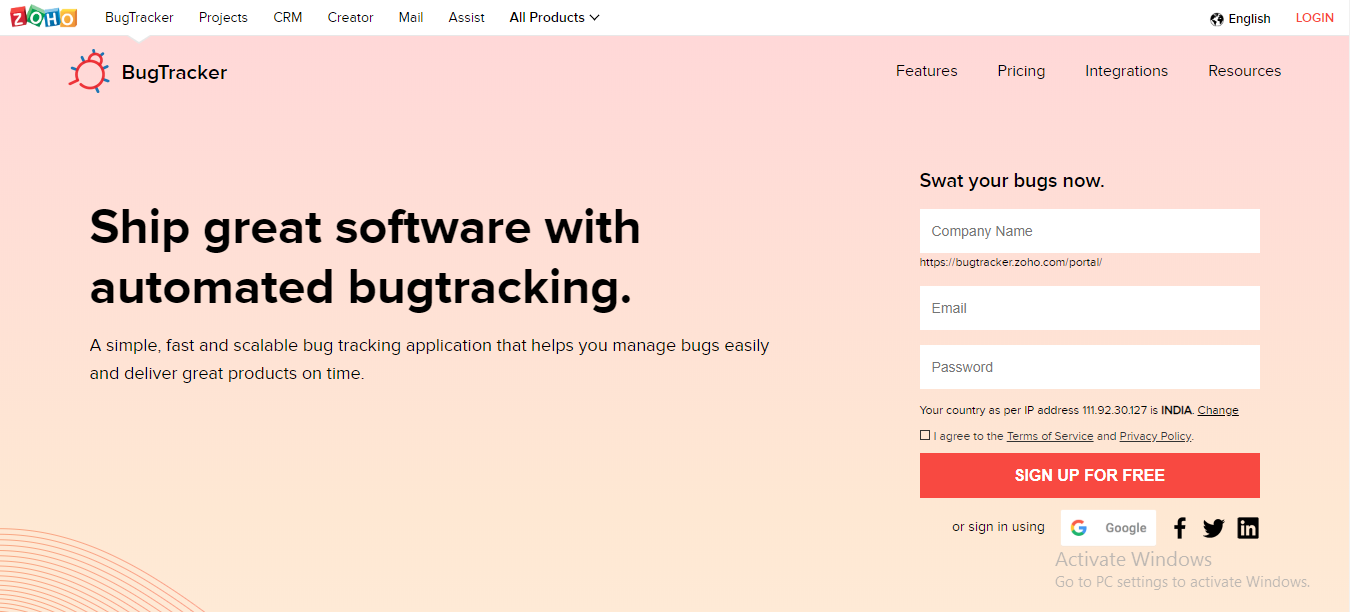
Users can characterize a cycle that controls issues dependent on stages. They can likewise automate notifications and reminders so that colleagues know about which issues must be investigated.
It aggregates application and server logs as well as backs search functions for troubleshooting. The tool also distinguishes new mistakes in the code and how frequently they are happening. Notifications are sent to engineers when rates of errors are high. The application works correctly with ASP.net and JAVA web applications.
Features
- Record and track bugs easily
- Trigger email notification for various events
- Set rules to trigger the desired action
- Highly customizable
- Integrate with apps such as zoho desk, Github, zapier, etc.
9. FogBugz
FogBugz tool can be utilized for bug and issue tracking, time allotment, project planning, and project management.
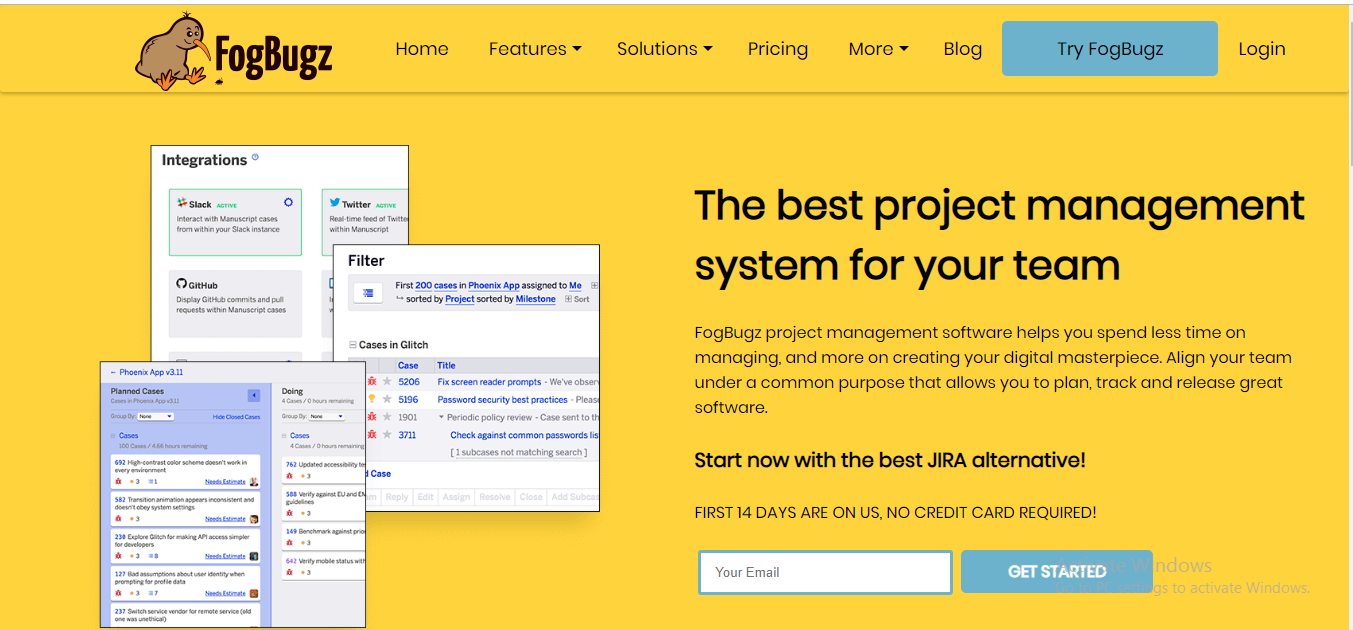
This tool offers a free version for two users. FogBugz can be run locally or integrated into the cloud. It is commercial yet a very moderately priced product.
FogBugz server is intended to work on Windows Server. The customer program can run on various platforms, i.e., Windows, Linux, and Mac. It is perfect for organizations that need to go ahead with just bug tracking and incorporate project forecasting.
Further, with the FogBugz tool, you can build wikis that are made available to the general people.
Features
- Manage project by tracking and proper work allocation
- Powerful search engine
- Bulk editing option
10. BugHerd
BugHerd is developed for web designers and developers to make reports and highlight requests with a basic point and click operation.
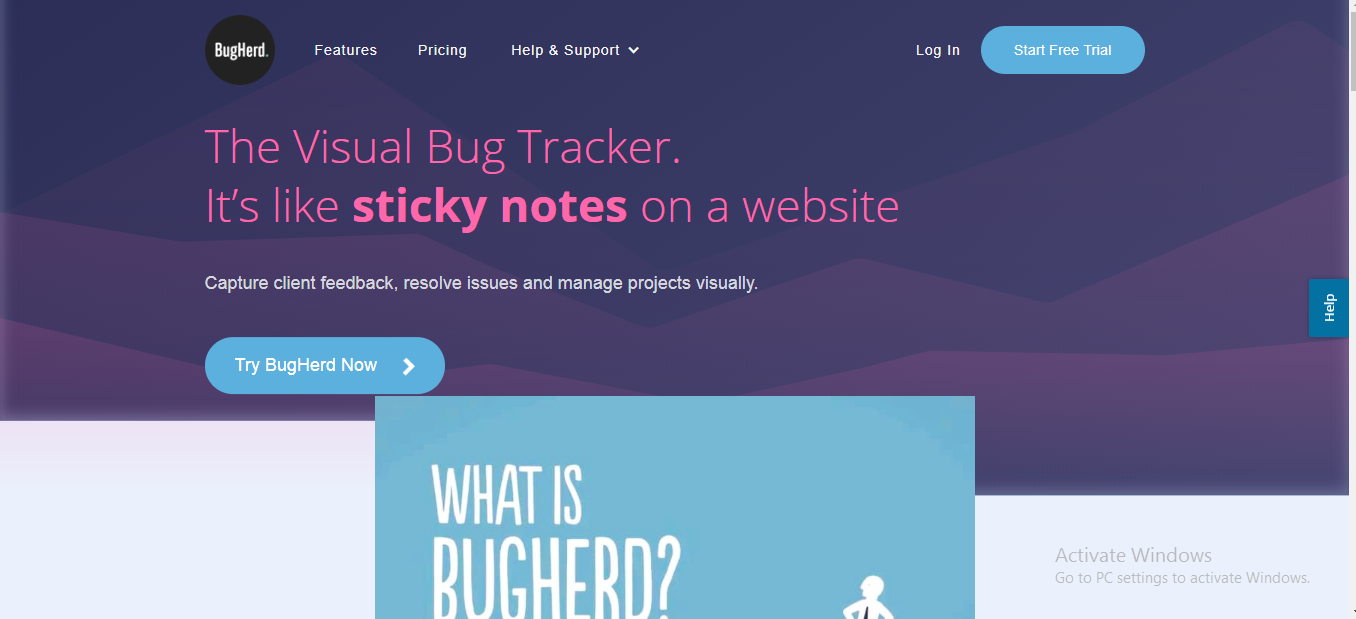
It is a bug tracker that supports catching customer feedback, resolving problems, and virtually managing projects. This tool instinctively incorporates relevant feedback and bug reports with the data required to address the issue.

Also, with a browser extension, users can add bugs to the tracker by taking a screen capture with the explanation that portrays the bug, alongside browser data.
Features
- Bugs can be reported from the website itself
- Bugherd sidebar provides all the metadata you require in a sidebar
- Centralized feedback management
- Comprehensive profile management
11. Lighthouse
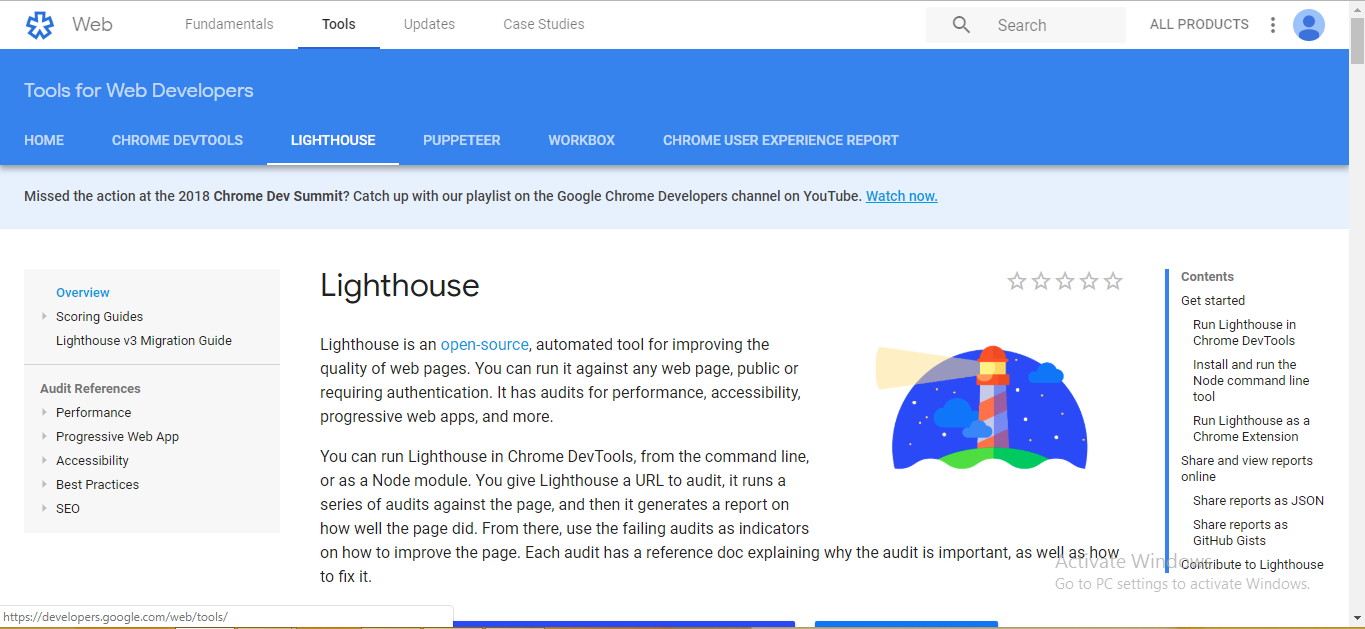
It is another simple-to-use, online issue tracker. What is incredible about the Lighthouse is that users can save venture records in its interface online.
An online seamless bug tracking platform meant for developers to track issues, prioritize, and fix them.
Also, users can make and tag issues that are classified in the framework automatically. There are features like the milestones, activity stream, and much more.
As Lighthouse has a robust API, so, it very well may be integrated with different tools as well, for example, GitHub, Beanstalk, and AirBrake.
Features
- The tool has the ability to automatically allocate tasks
- You can set goals and update them accordingly
- You can share images and documents
- Easy integration
12. Mantis

This is a free web based-open source bug tracking system used to track bugs within projects. It provides the tracking team with an interactive database for collaborating, detailing, and reporting the issues regarding the defects.
Features
- Mantis BT is built on PHP and is compatible with Mac OS X, Linux, Windows, etc.
- Has the capability of time tracking i.e. identify the time from creation to the resolution
Can set up role-based access to users - Print report and share graph recordings
- Easily customize the software as per requirements
- Even supports mobile platforms like iPhone, Android, and Windows
- Has an expanding library of plug-ins to add customized functions
13. Trac

It is a free open source, web-based bug tracking, and project management tool which provides an interface to the Git and Subversion revision control systems.
Features
- A simple approach to project management along with budgeting, customization, and collaboration features
- Keeps the core system simple and easy to use
- Distributed under the modified BSD License
- Available on all major platforms Windows, Mac, Arch Linux, etc.
- Allow hyper-linking information across systems
- Has an extensive plug-in ecosystem that offers features and integration with external tools
14. Pivotal Tracker

This is a cloud-based bug tracking software used for agile software development solutions that generally focus on scrum methodology.
Features
- Can be used in small and medium-sized businesses
- Designed to improve productivity
- Has the ability to link outside applications for complete management of the entire projects
- Strongly agile and flexible
15. Fossil

This is another bug tracking tool that not only supports defect tracking but also helps in wiki and project management features.
Features
- Consist of a built-in web interface
- Posses auto-sync mode
- Has simple networking
- Easy to use web interface
- Robust and reliable software
16. Axosoft

It is a highly used and widely popular agile project management platform that is deplorable as hosted software and used by agile developers for agile scrum projects.
Features
- Create and deliver fully functional bug-free software
- Using this software, developers can create plans for the development procedure, collaborate effectively, and deliver on time
- Ensure transparency
- Capable of data visualization, workflow automation, incident tracking, etc.
- Managing customer support requests in one place is another major function
17. WebIssues

It is an open-source multi-platform system for storing, tracking, and sharing issues with various files, attributes, etc. The main focus of this software is an issue tracking and defect management.
Features
- Installation and set-up of the software is easy
- Tracks new and even modified issues
- Search and filter issues
- Explore data across the software and creates reports
- Highly secure and customizable
18. YouTrack

This is an issue tracker designed for the development team. Offered by JetBrains, this bug tracker software is available in cloud-based services and standalone servers.
Features
- Has live and multiple sharing dashboard to track individual and team progress with real-time updates
- Supports Scrum and Kanban project management methodologies
- Finds anything in no time with the smart search feature
- Can modify multiple issues with the command window
- Supports 4 types of reporting methods- state transition, timeline, issue distribution, and time management
- Effective project monitoring with powerful reporting
- The latest update(WebIssues 1.1.5) provides quickly switching between projects without navigating between folders
19. Plutora

It is a modern enterprise management tool that supports all types of software process methodologies starting from the traditional waterfall model to the latest continuous delivery approaches.
Features
- Uses a single repository for all projects that includes development to operational systems
- Get visibility to the entire software delivery process
- Enhance integration with tools like Selenium and Jira
- Drives collaboration between the IT team and the stakeholders on the basis of metrics, analytics, reporting, etc.
- Effectively bridges the gaps, negating blockages, thus decreasing software delivery delays
20. Backlog

21.Monday
Monday is an impeccable work allocation and automation tool. However, the platform is so diverse that it can be used as a bug tracking tool also
Features
- Can fit any workflow
- You can plan, execute and track issues of any magnitude
- Hundreds of project templates to choose from
- Android and iOS apps available
- Allows automation and integration
- customizable dashboard
Conclusion
Hope you have liked our list of top 21 bug tracking tools 2021. Go through the list and choose one that suits your organization very well





